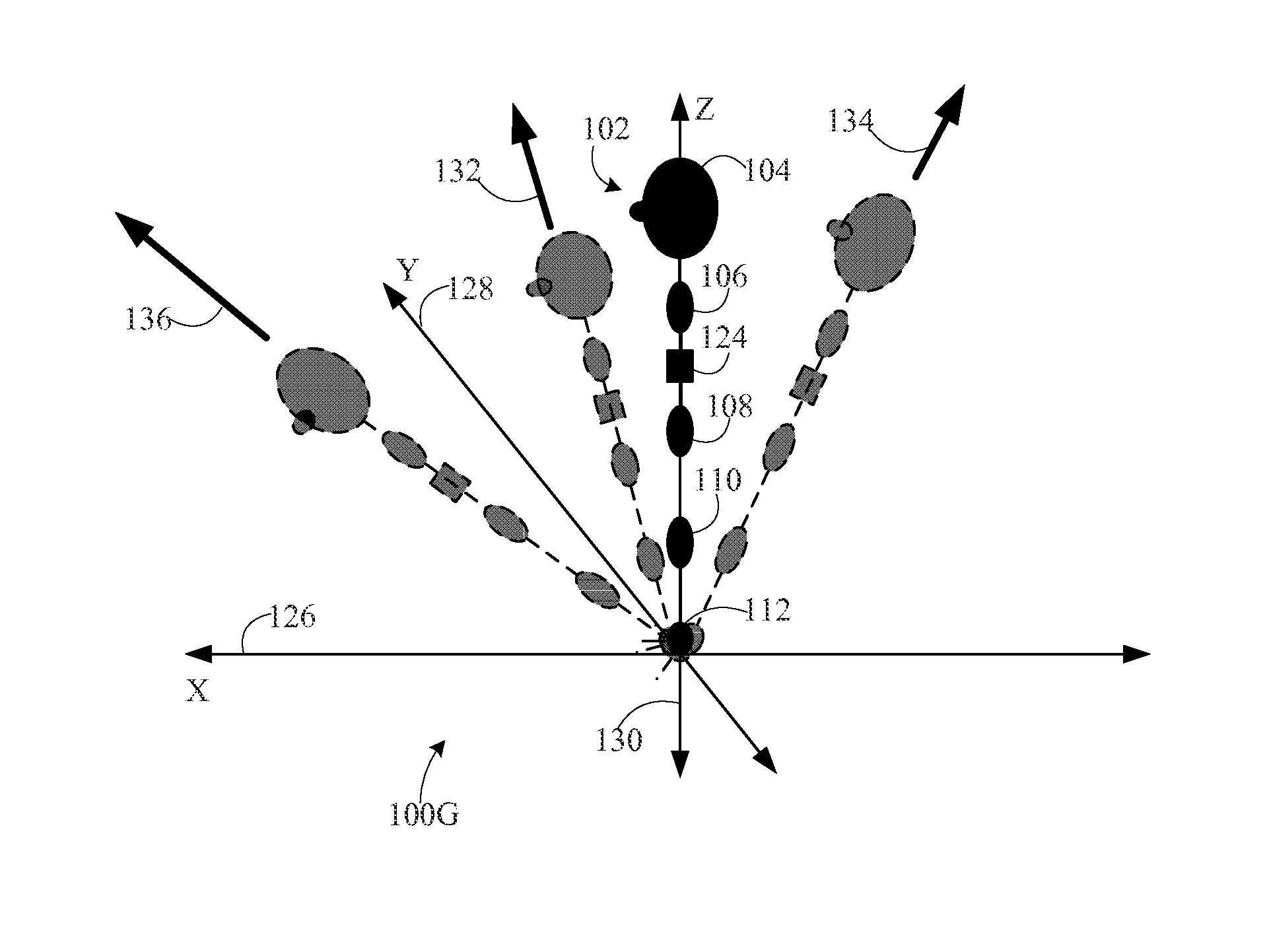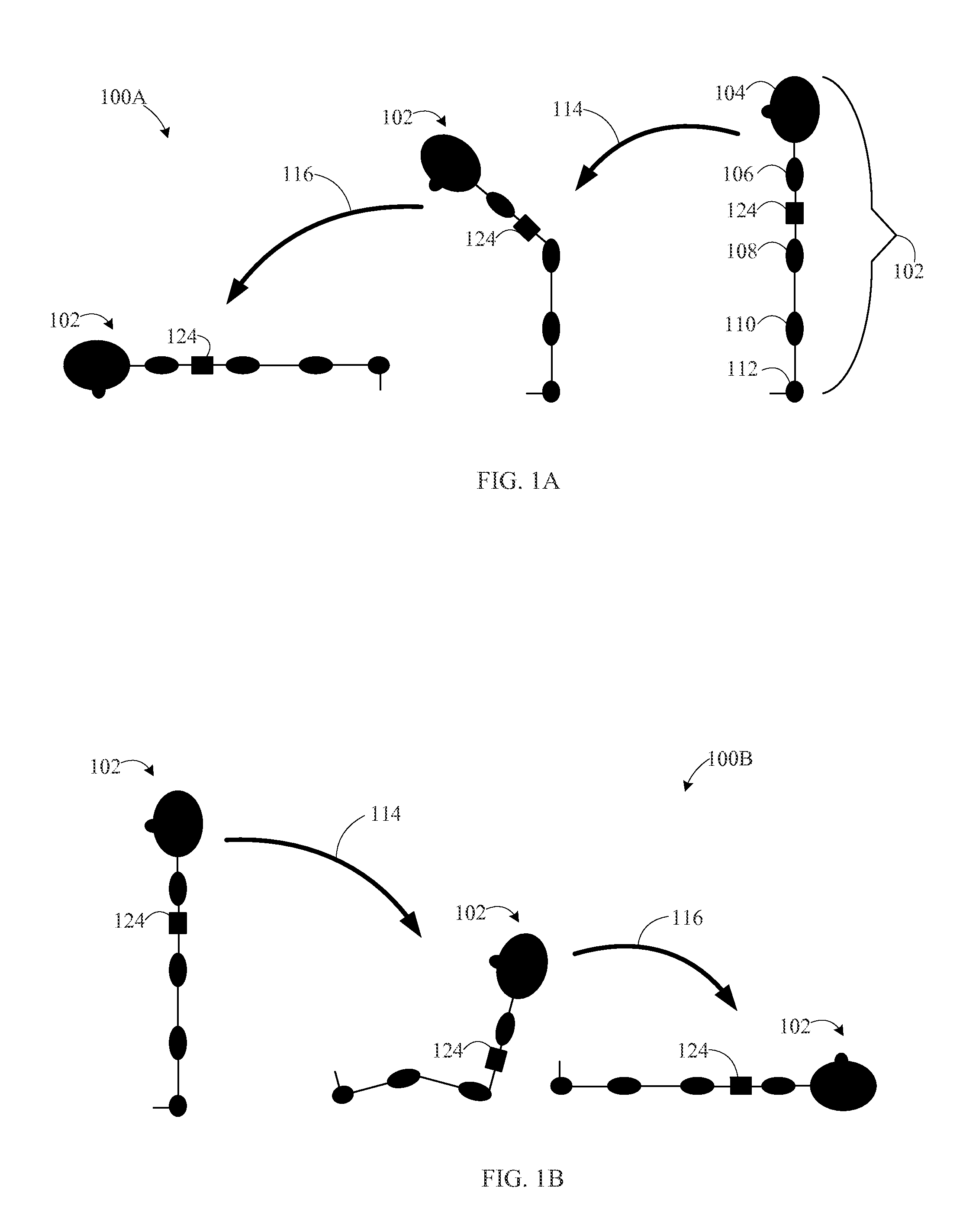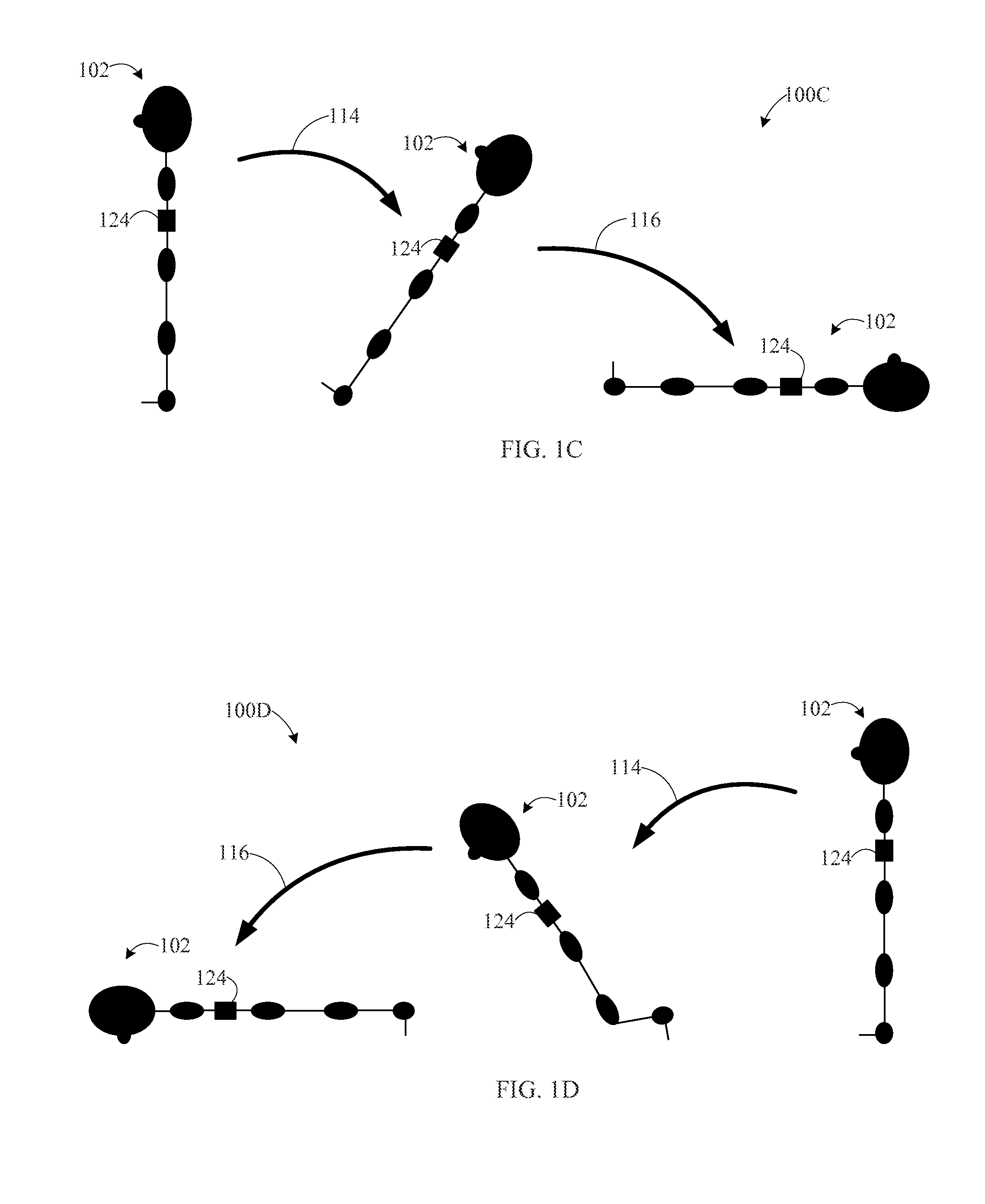Method, system and apparatus for fall detection
a technology of system and apparatus, applied in the field of systems and methods for anticipating and detecting falls of subjects, can solve problems such as inability to seek or obtain help, serious injuries, and inability to detect falls of people, and achieve the effects of reducing the risk of falling, and preventing the person from falling
- Summary
- Abstract
- Description
- Claims
- Application Information
AI Technical Summary
Benefits of technology
Problems solved by technology
Method used
Image
Examples
example operational embodiments
7. Example Operational Embodiments
[0103]The embodiments described herein may perform their functions in various ways. For example, FIG. 3 shows a flowchart 300 providing example steps for detecting a fall, according to an exemplary embodiment. Fall detector 200 of FIG. 2 and computer 900 of FIG. 9 (described below) may each operate according to flowchart 300, in embodiments. Other structural and operational embodiments will be apparent to persons skilled in the relevant art(s) based on the discussion regarding flowchart 300. Flowchart 300 is described as follows.
[0104]Flowchart 300 may begin with step 302. In step 302, data from a sensor associated with a person may be received. The sensor may be one or more components of sensor unit 202 of FIG. 2, and the data may be received by fall detection unit 204. For example, accelerometer 218 may transmit data related to acceleration along one or more of up to three axes, and the data may be received at fall detection unit 204. In embodimen...
PUM
 Login to View More
Login to View More Abstract
Description
Claims
Application Information
 Login to View More
Login to View More - R&D
- Intellectual Property
- Life Sciences
- Materials
- Tech Scout
- Unparalleled Data Quality
- Higher Quality Content
- 60% Fewer Hallucinations
Browse by: Latest US Patents, China's latest patents, Technical Efficacy Thesaurus, Application Domain, Technology Topic, Popular Technical Reports.
© 2025 PatSnap. All rights reserved.Legal|Privacy policy|Modern Slavery Act Transparency Statement|Sitemap|About US| Contact US: help@patsnap.com



